Sur le Cou de Pied is a fundamental position in ballet. It is often referred to simply as “cou de pied”, which means “neck of the foot”. On the other hand, “sur le cou de pied” means “on the neck of the foot”. This position is crucial in ballet and aesthetics because it trains your feet to perform the correct movements. So, if you want to master this position, keep reading this article.
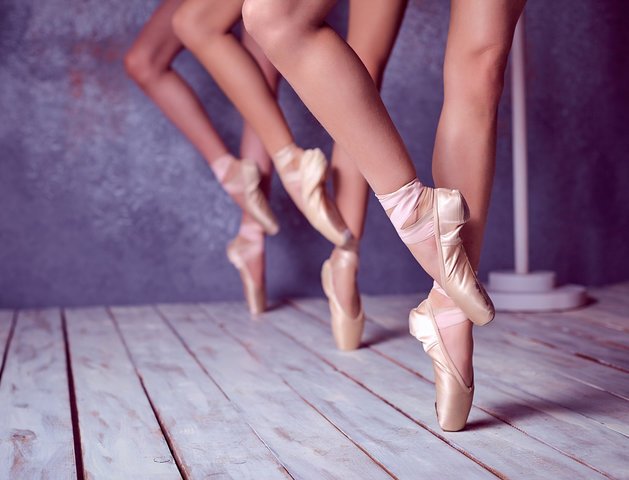
Table of Contents
How to Do the Sur le Cou de Pied
To start, let’s define the neck of the foot. It’s the part of the foot between the ankle and the base of the calf. It is the Achilles tendon. So, in this position, you place your working foot on the part of the leg between the base of the calf and the beginning of the ankle. But let’s explain it in more detail because there are different ways to perform this position.
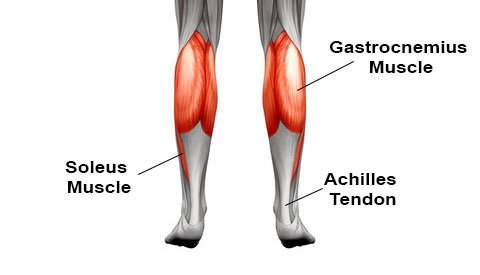
There are two positions devant:
1) The “fully pointed” position is used when doing fondus and developers. It’s also known as “conditional position”
2) “Wrapped” is for frappes and petits battements. This position is also known as “basic position”.
There is only one position derriere (“fully pointed”).
Cou de Pied Devant
Wrapped position or basic position
Place your working foot between the ankle and the base of the supporting leg just under the calf muscle. Then, fully stretch your instep and encircle the ankle of the supporting leg with your sole. You may feel that the working foot grasps, or hugs, the supporting ankle. Besides, the toes of your working foot are pointed and stay behind the heel of the supporting foot. You use this position for petit battements sur le cou de pied and frappes.
Pointed or conditional position
There are three ways to perform this position:
- Normal conditional position: You place the pointed foot so that the side of the pinky toe touches the supporting leg above the ankle joint. This position is used for fondus, developpes, etc.
- High conditional position: The pointed toe is placed halfway up the shin bone. Your working foot is in between the “retiré” and your ankle joint. This is the position you use for the pas de bourreé
- Low conditional position: The small toe of the working foot touches the edge of the slipper of the supporting foot. You feel like almost your toes are going to touch the ground. The low conditional position is always done on pointe or demi pointe and is used for battement battus.
Cou de Pied Derriére
Press the inside face of the heel of your working foot against the supporting leg just below the base of the calf muscle. Your foot is fully stretched, and the toes are pointing downward.
You don’t have an ankle to wrap the foot around. However, the action is the same. So, the foot should have the same shape in sur le cou de pied back that it has in sur le cou de pied front.
The Importance of this Position
Getting to sur le cou de pied and back to fifth correctly is essential in ballet. You need to pay attention to detail to train your feet in a way that helps you avoid the sickle shape. That is, your heels should point forward and your toes back. Also, you need to work on making the action articulate and delicate and maximizing rotation throughout the movement.
For example, when you jump, your feet should release from the ground with almost the same feel as when doing the cou de pied. In other words, heels move forward and toes move back and down.
It is important to practice the sequence of going from flat fifth to sur le cou de pied to help memorise how to lift your foot off the ground and how to shape and point it. Lastly, this position is crucial for developing foot articulation in the battement frappé and petit battement.
Tips to Do it Perfectly
- In the “fully pointed” position devant, there is a space between the heel and the supporting leg.
- The shape of the working foot is the same, front or back
- Both positions require level hips and equally turned-out legs. The dancer balances by centring weight over the foot triangle of the supporting foot.
Avoid these mistakes:
- The heel is too low, causing the ankle to flex and the toes to touch the floor
- Sickled foot devant or derriere
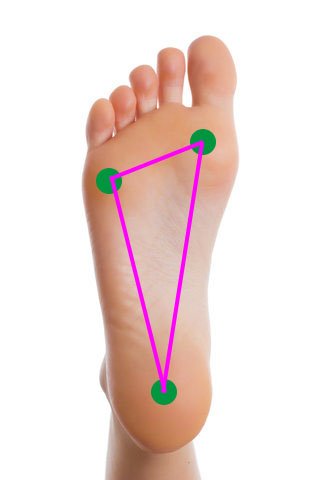
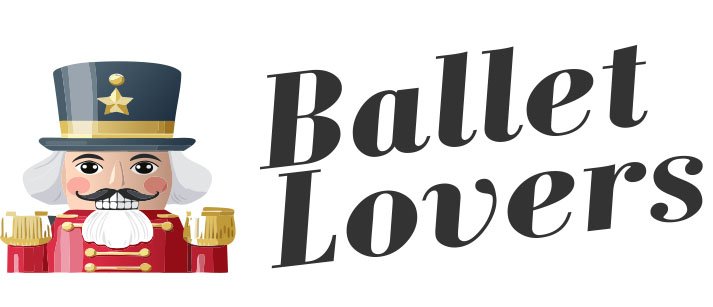


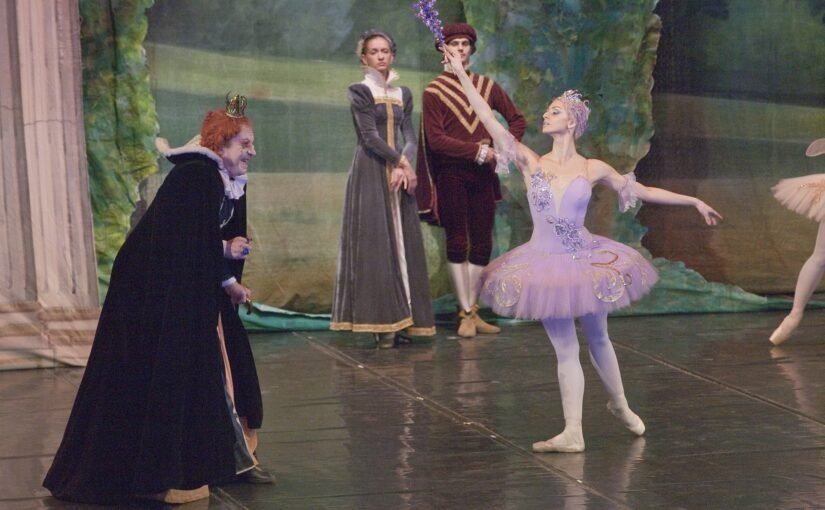
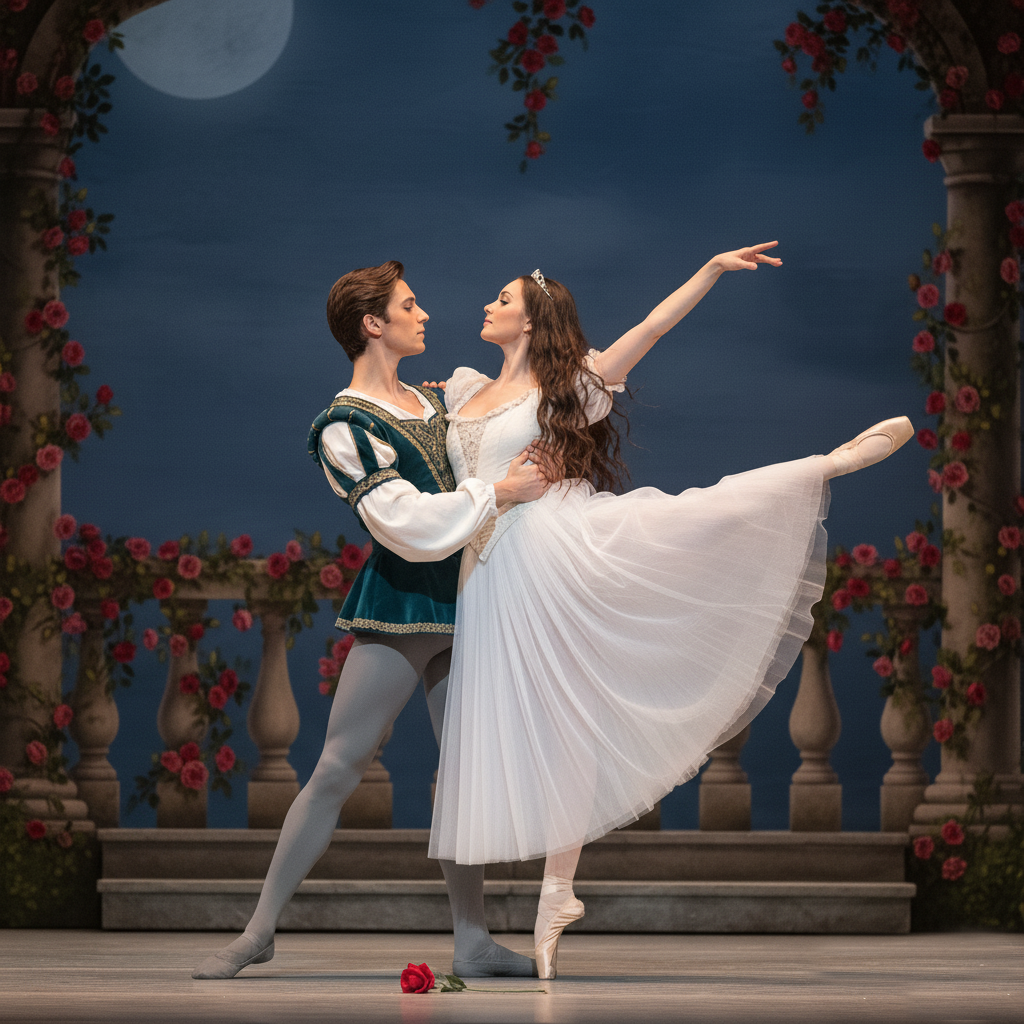
Leave a Reply